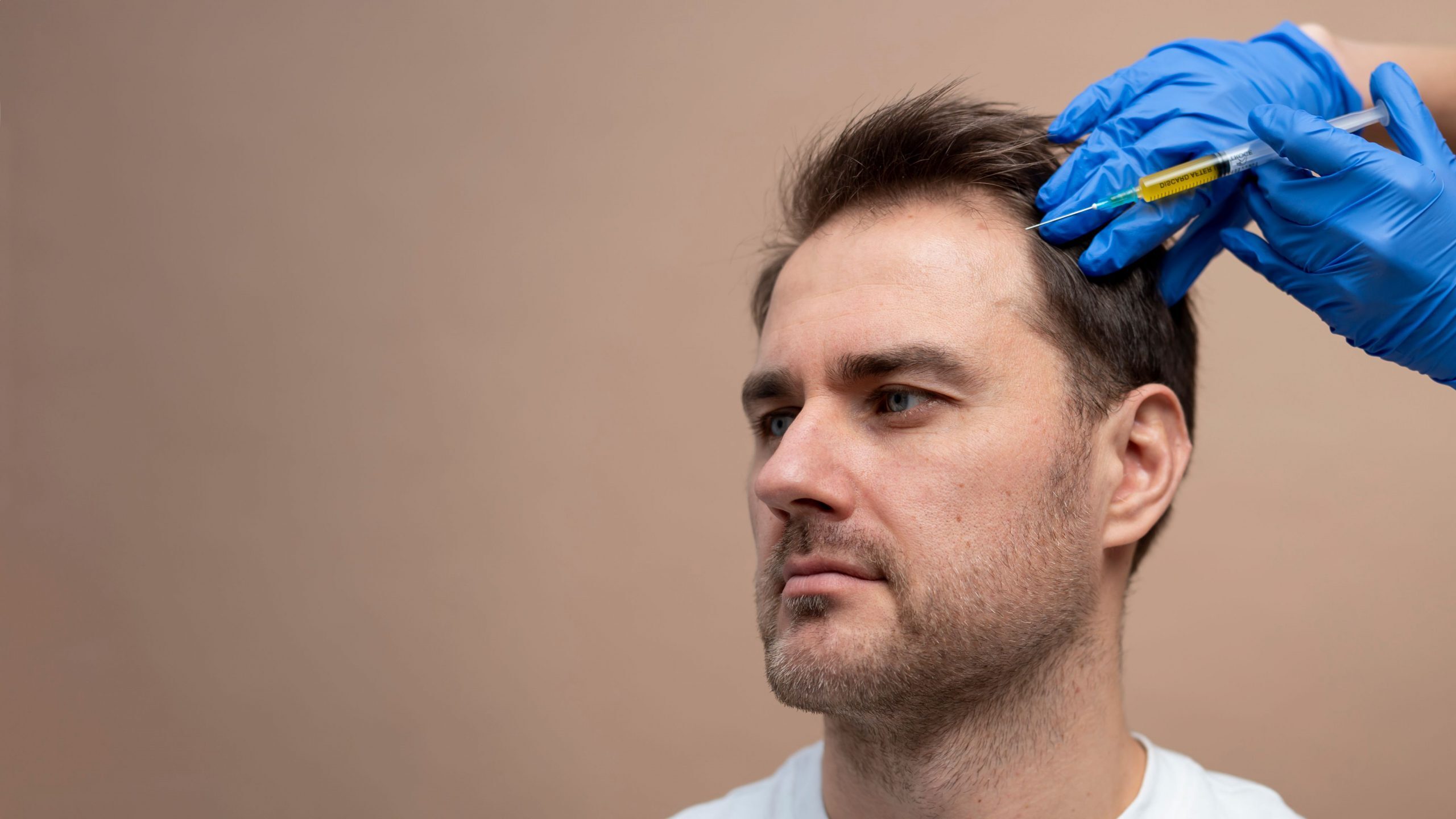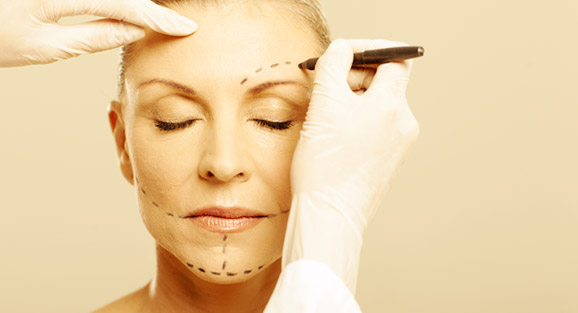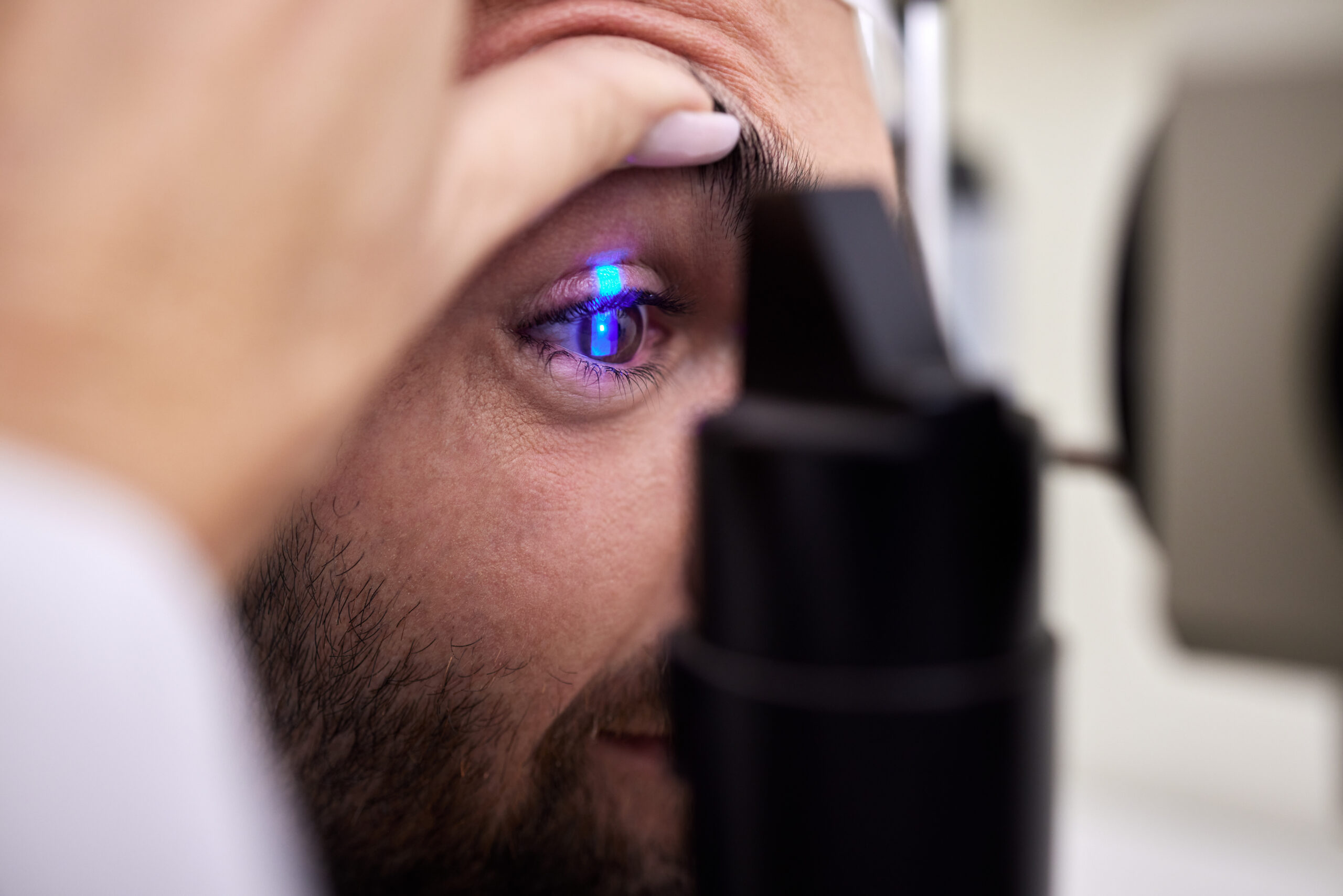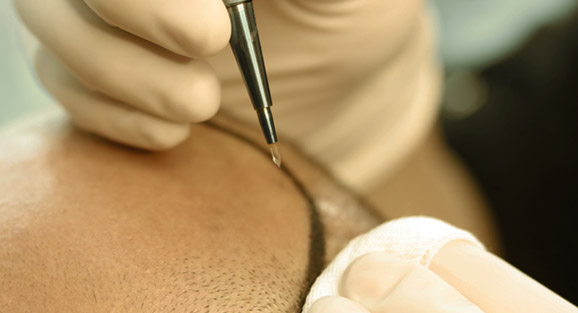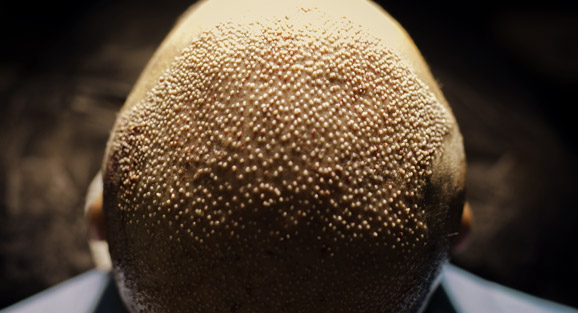SAPPHIRE FUE
Hair Transplant
Stages of SAPPHIRE FUE Hair Transplantation Procedure
1. Conducting a detailed hair analysis
2. Determining and marking the recipient area and the hairline
3. Identifying and marking the donor area for graft extraction
4. Shaving the recipient and donor areas
5. Administering local anesthesia
6. Extracting individual hair follicles using punches
7. Providing a break for the person to have a meal
8. Creating microchannels in the recipient area in the natural direction of hair growth for the harvested hair follicles
9. Implanting the extracted follicles into the opened microchannels
10. Applying a dressing to the donor area.
These information reflect the general process. However, the process can be different for each patient, and the stages can vary depending on the doctor’s evaluation and the patient’s needs.
We Do The Best Hair Transplantation
Frequently Asked Questions
How many times can hair transplant be done?
The number of grafts that can be transplanted in a single session is limited and, depending on the technique, is typically around 5,500 grafts. In some individuals, the extent of the balding area is substantial, and it may not be possible to cover this area in a single session. If the donor area is suitable for hair transplantation again, another procedure is usually performed about 1 year after the previous operation.
In some cases, especially in areas where no transplantation has been done, hair loss may continue. In these cases, if the donor area is suitable, another hair transplantation can be performed.”
What are the Causes of Hair Loss?
Hair loss is a common problem that can occur due to many different reasons.
Genetic Predisposition (Androgenetic Alopecia): The most common cause of hair loss is genetic factors. Family history can increase the risk of hair loss. Male pattern baldness (androgenetic alopecia) and female pattern baldness are types of hair loss due to this genetic predisposition.
Hormonal Changes: Hormonal changes can cause hair loss. Hormonal fluctuations especially during pregnancy, use of birth control pills, menopause can trigger hair loss.
Stress: Intense physical or emotional stress can increase hair loss. Due to stress, hair follicles may enter the resting phase and hair loss may begin.
Hair Care and Chemical Products: Improper care of the hair, excessive use of hot water, excessive use of combs or hair dryers can weaken the hair and cause it to fall out. In addition, hair colours, perms and other chemical treatments can affect hair health.
Nutritional Deficiencies: An important factor affecting hair health can be inadequate or unbalanced nutrition. In particular, lack of protein, iron, zinc, biotin and B vitamins can cause hair loss.
Medical Problems: Some medical conditions and medications can lead to hair loss. For example, treatments such as thyroid problems, lupus, chemotherapy can cause hair loss.
Ageing: The risk of hair loss increases with age. This is usually associated with the aging of hair follicles and a decrease in hair production.
Hair Styles: Overly tight bunching or constant stretching of the hair (for example, tight ponytails) can lead to hair loss.
Environmental Factors: Environmental factors such as air pollution, excessive sun exposure and heavy metals can also trigger hair loss.
Is it normal for my hair to fall out while washing?
Hair loss is usually part of the natural hair cycle and is a process by which the hair follicles prepare for regrowth and remodelling. Generally, it is considered normal for a healthy haired person to lose about 50-100 strands of hair on a daily basis. If your hair loss is much more than normal or at an alarming level, it is important to consult a dermatologist.
They can help you to identify the underlying cause of your hair loss and recommend appropriate treatment. Remember that hair loss can occur for many different reasons and each individual is different, so a personalised approach is important.
Does Stress Cause Hair Loss?
Yes, stress can cause hair loss. The effect of stress on hair loss is observable for many people. This condition is called “stress hair loss” or in medical terms “telogen effluvium”. Stress can disrupt the physiological balance of the body and lead to hair loss. This process occurs by switching the hair follicles from the anagen (growth) phase to the telogen (resting) phase. When under stress, the body directs energy primarily towards vital functions and restricts the resources needed for hair growth. Therefore, the hair enters the telogen phase more often and in this phase there is more hair loss.
What are the Causes of Hair Loss in Women?
Hair loss in women can occur in a similar way to androgenetic alopecia (male pattern baldness) in men. There are a number of factors that cause hair loss in women, including
Genetic Predisposition: Family history can increase the risk of hair loss.
Hormonal Changes: Hormonal fluctuations such as pregnancy, menopause, or birth control method changes can lead to hair loss.
Stress: Intense stress can trigger stress-induced hair loss called telogen effluvium.
Scalp Problems: Scalp inflammations, fungal infections or other scalp problems can lead to hair loss.
Nutrition and Diet: Inadequate nutrition can negatively affect hair health.
Medical Problems: Some medical conditions such as diabetes, thyroid problems can cause hair loss.
If you are concerned about hair loss, it is important to consult a dermatologist. You can reduce hair loss by taking a balanced lifestyle and appropriate care measures to protect your hair health.
How is hair transplantation without shaving?
Unshaven Hair Transplantation or DHI is a less invasive procedure than traditional hair transplantation methods. This method does not require you to shave the hair before removing the hair follicles and transplanting. This allows patients to maintain their natural hair without having to lose their hair for a short period of time. DHI is a technique in which individual hair follicles are extracted and directly transplanted using a special device.
When can I get the hair I want with hair transplantation?
When you can get the hair you want with hair transplantation may vary depending on several factors. Everyone’s hair transplantation process is different and the results may vary from person to person. However, in general, hair transplantation results occur in a certain process over time. Here is what you need to know about the timeline of hair transplant results:
First Weeks:
Immediately after the hair transplant procedure is completed, scabbing and redness can often be seen in the hairy areas. This is a natural part of the procedure and represents the beginning of the healing process. Hair follicles are fixed in their new places.
2 – 3 Months After:
In the first few months after hair transplantation, the transplanted hair may start to fall out. This is a normal part of hair transplantation and indicates that the hair follicles have entered the resting phase. This hair loss is usually replaced by new hair strands.
After 6 Months – 1 Year:
Between 6 months and 1 year, you will start to see new growth of the transplanted hair. However, during this period, the hair may not have reached its full density. The hair may be thinner or still sparse. This process is a time required for the hair transplantation to fully settle.
1 Year and After:
After 1 year, the results of hair transplantation become more evident. Hair continues to grow thicker, healthier and denser. However, the results may vary from person to person and the process of achieving exactly the results you want may vary depending on personal factors.
Remember that everyone’s hair growth rate is different and while some people see results faster, others may require a longer process. Hair transplant results may vary depending on the quality of the transplanted hair, the technical details of the transplantation process and the general health of the person. Therefore, it is important to be patient and follow the recommendations of your hair transplant specialist.
Is Transplanted Hair Different from Normal Hair?
In hair transplantation, the transplanted hair is taken from the back and sides of your head. After hair transplantation, the transplanted hair may appear thinner and sparser than normal hair at first. However, over time, the hair follicles thicken and gain a more natural appearance.
Does Hair Transplantation Affect Sexual Power?
Hair transplantation is a cosmetic surgical procedure used to solve the problem of hair loss and has no effect on sexual power. The healing process after hair transplantation may require some restrictions and this may delay the person’s return to sexual activity. However, these restrictions are short-term and do not affect the process of returning to sexual activity when the doctor’s recommendations are followed after surgery.



